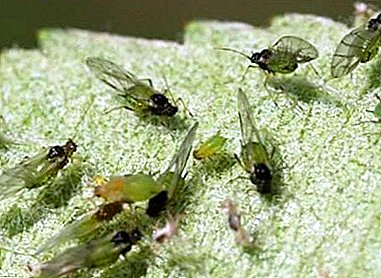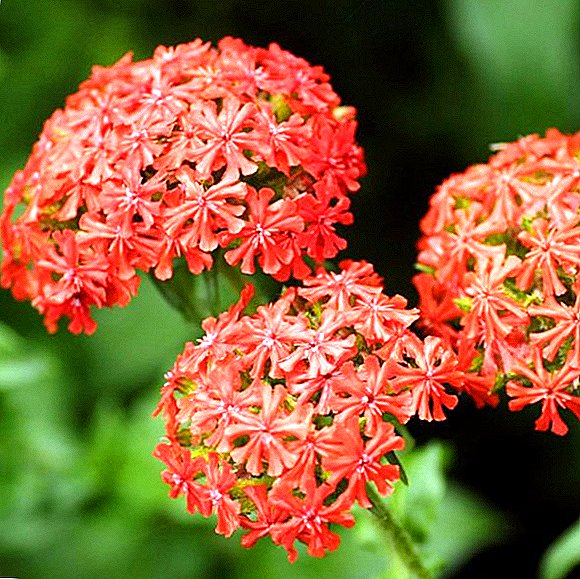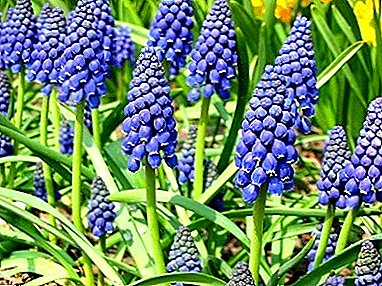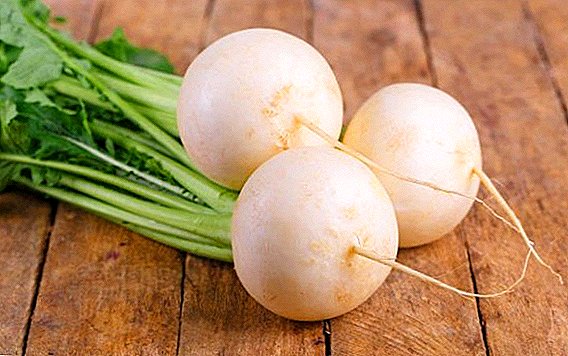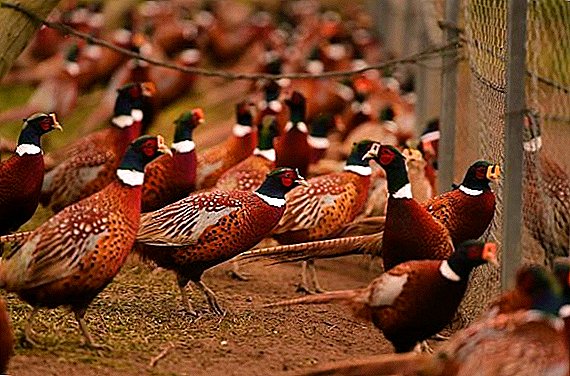 Lychnis (Common Dawn) is a perennial plant of the carnation family. It grows in the temperate and subtropical zones.
Lychnis (Common Dawn) is a perennial plant of the carnation family. It grows in the temperate and subtropical zones.
Due to the fact that it forms dense thickets and does not require complicated care, it is a welcome guest for any flowerbed or garden.
The genus has a huge number of species of perennial and annual plants, but let's look at the most common representatives.
Alpine
Lychnis alpine - grows in the tundra, alpine, forest-tundra zone in North America, Scandinavia and Greenland. This low-growing herbaceous plant grows in rocky crevices, on the coast, as well as along pebble or sand lake and river shoals.
Flowering time - midsummer. Lychnis Alpine is ideal for landing stone walls in dry places. Stems do not exceed a height of 20 centimeters and spread along the ground. Leaves grow from the rosette. Small flowers, painted in pink or crimson colors, are collected in paniculate inflorescences. Plants are suitable for planting on alpine slides.
Learn how you can make an alpine hill with your own hands, and what plants are suitable to decorate it.

More common is the grade "Lara" with a large number of light pink flowers. The territory where Alpine grows should be well lit by the sun. In the penumbra, the plant blooms just as well, but with fewer flowers.
Did you know? The rarest species of lichenis is gibeltarsky. In the wild, it grows only on the slopes of the Strait of Gibraltar.
Arkwright
This kind of grain in garden design is rarely used.
Arkwright - herbaceous perennial plant with small erect stems, height 40 centimeters. Narrow leaves and stems have burgundy color. Flowers, with a diameter of 3 centimeters bright orange color. For planting in groups in flower beds or mixborders, a variety is used to create a spectacular bright spot. "Vesuvius".
Read also about how to plan a summer cottage so that there is enough space for a mixborder and what flowers to pick to arrange this flower bed.
The difference of this variety - wide leaves heart-shaped rich green color and dense inflorescences. The flowering period lasts from mid-June until the end of summer. Flowering begins in the second year after sowing, almost immediately delighting the eye with flowers like most photos.
Seeds are sown in early spring, and if the air temperature is above +20 ° C, seedlings will appear in 20 days. At the beginning of June, already hardened seedlings are planted in open ground, and it is moved to a permanent habitat in August, at a distance of 30 centimeters from each other. Vesuvius is an unpretentious, cold-resistant plant.
It gives preference to sunny places with light well-drained soil. The plant responds well to top dressing with mineral compounds. At one place can grow up to 6 years. Lyhnis propagates by dividing the bush and seeds. In autumn, all bushes are cut at ground level.
Viscarius
Lychnis viscaria - perennial herbaceous plant growing on the territory of Russia. It has sticky stems, for which the people are called tar. Height - 90 centimeters. Stems dark red, covered with sticky liquid that attracts insects.
The flowers of this species are very small and can have white, crimson and pink shades. All of them are collected in paniculate inflorescences, the flowering period begins in May and lasts up to 1.5 months. 
The most popular variety is "Rosette". It has terry saturated crimson flowers that always looks great in garden compositions. This species of cornflower does not set seed, and during cultural cultivation lives no more than two years.
Important! In order for the flower to perish, it is important to monitor the amount of water during watering, since stagnant moisture leads to the rotting of the roots and, consequently, the death of the plant.
Crown
Lychnis koronchaty - an unpretentious perennial plant with dark gray villus-covered stems. It grows well on poor and barren soils. The homeland of this species is the southern Europe.
In height, the plant reaches 100 centimeters, has a powerful branched stem. The leaves are oval.
Flowers - single, bloom on the tops of the stems and have shades of white, pink and crimson. The plant propagates by self-sowing.
Most popular varieties:
- "Angela Blanche"- Crimson or dark pink flowers are collected in large inflorescences;
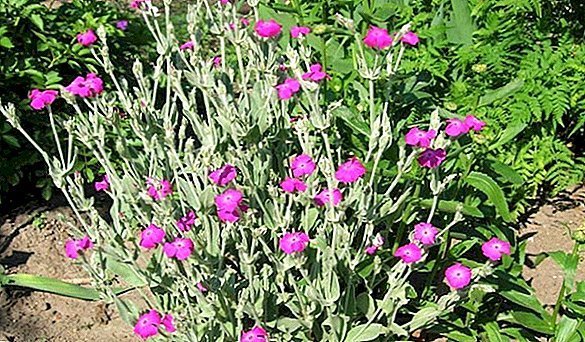
- "Mysterious Island"- flowers of a pink shade with a white border.
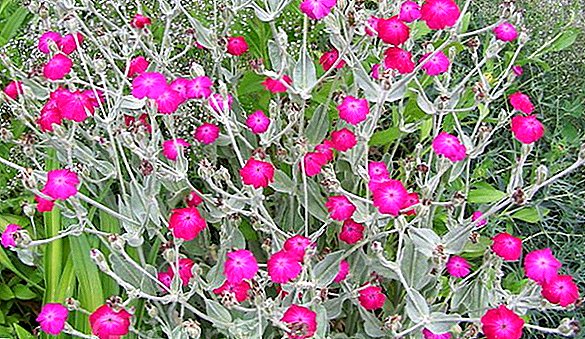
Lychnis koronchaty - frost-resistant, blooms in early summer. Flowers remain until the first frost, and this feature is very appreciated by gardeners. Looks good in group plantings, and single against the background of other colors.
Familiarize yourself with such frost-resistant plants as rhododendrons, heather, chrysanthemums, hazel grouses, evening primrose, primrose, asters, iberis, clematis, erica.
Sparkling
Campion sparkling grows in Eastern Siberia, China, Japan and the Far East. The main feature of this species is fruiting.
Plant height - 50 centimeters. Stems straight. The leaves are oval, lanceolate, of a light green shade.
Flowers with a diameter of 5 centimeters with petals, divided into 4 parts, are distinguished by a fiery red color and are collected in corymbiform capitate inflorescences. Campion sparkling blooms for 33 days, starting in July.
Did you know? The name of the plant comes from the Greek word lychnos - lamp, because its bright flowers in flower beds glow like lamps.
Haage
Hybrid, which is characterized by large flowers, gathered in inflorescences in the form of umbrellas.
The diameter of each corolla reaches 5 cm. The flowers fully open towards the end of June. This herbal perennial forms dense thickets, growing to 45 centimeters. Stem and leaves have a bronze tint.
By leaving, such plants are completely undemanding, they tolerate a good period of drought, but when it drags on, they get rid of the leaves, thus preserving their life.
Chalcedony
Lychnis of Chalcedon - the most popular type on the territory of our country, although its homeland is Central Asia and part of Russia.
Popular name of the species "Dawn"which he received thanks to fiery red flowers. In height, the plant reaches 90 centimeters. Stems - erect, slightly pubescent, with lanceolate leaves along their entire length. Flowers are rather small (diameter is no more than 1 cm), and their corymbose inflorescences are collected at the top of the stem, visually similar to lush caps.
The color of the flowers is varied, can be red, pink and even white. Flowering on average begins in June and lasts about 1.5 months. View withstands temperatures down to -35 ° C.
Popular variety - "Maltese cross"which received the name thanks to the magnificent flowers in the form of a cross.
Important! To preserve the beauty of the bush you need to cut it in time, with regard to the flowering inflorescences. Before preparation for winter, the entire ground part is cut off.
Jupiter
This species comes from the alpine slopes. It is a tall plant up to 80 cm. The stems are densely leafy, the leaves are oval with a slight pubescence. Flowering plant in the middle of summer.
Inflorescences - light purple. Flowers grow to three centimeters in diameter. The plant is sun-loving, drought-resistant and frost-resistant. It is recommended to rejuvenate the bush about 1 time in 4 years. 
Knowing what differences have different types of flowers "Dawn", which is easy to see even from the photo, you just need to make a choice in the direction of one of them or plant it all at once.




